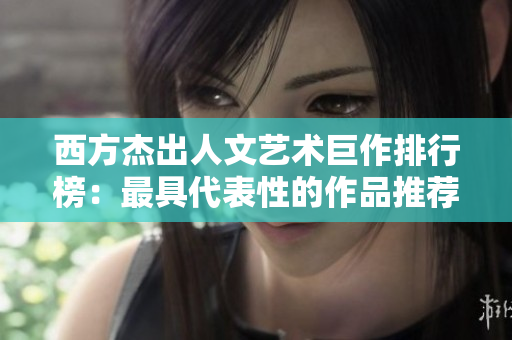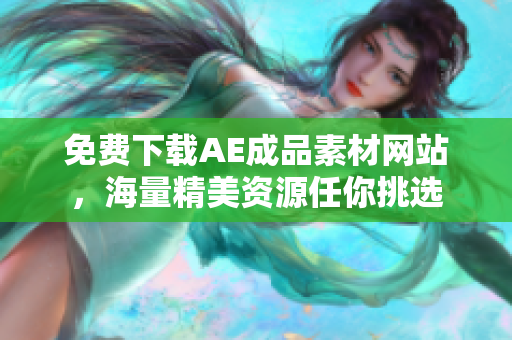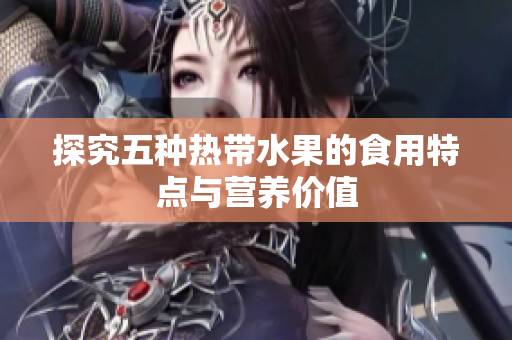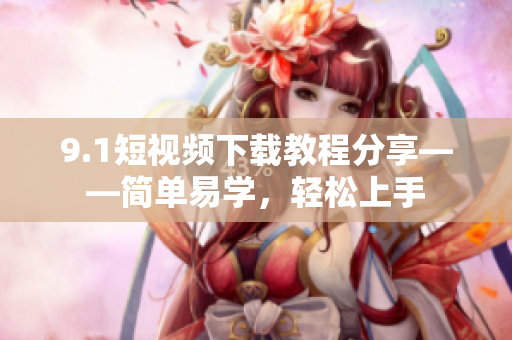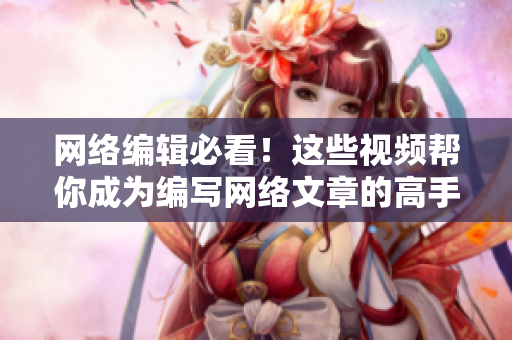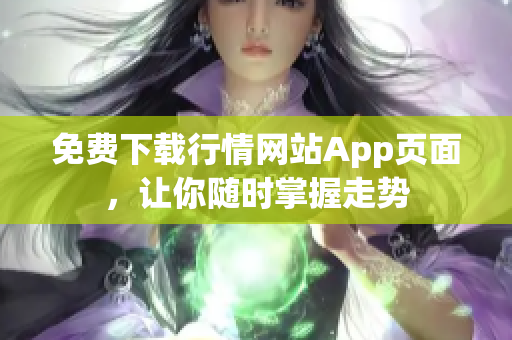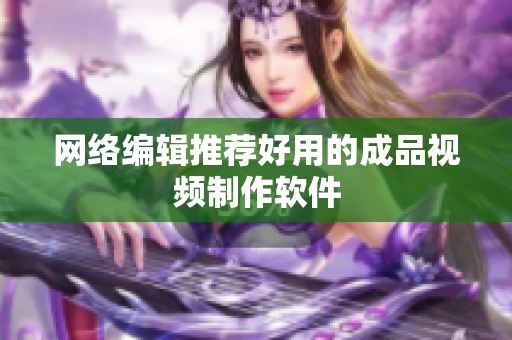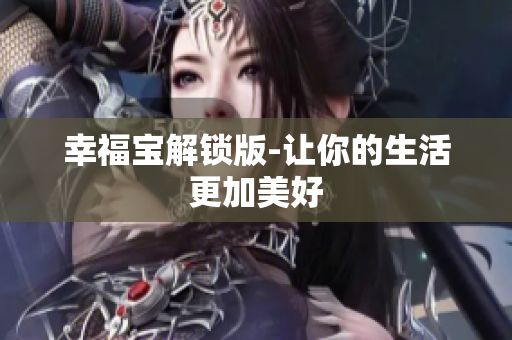Introduction
In today's society, education plays a critical role in shaping a person's future. Schools are responsible for providing students with high-quality education. However, there are challenges in different parts of the world that affect the quality of education. In this article, we will explore five different topics that are related to education, including pressuring a class monitor to copy notes, the scarcity of education resources in Southeast Asian kindergartens, top western humanities and artistic works, the introduction of 5G into mainland China, and dealing with problematic students in a classroom setting.
Pressuring a Class Monitor to Copy Notes
Pressuring a class monitor to copy notes is an unethical practice and is not acceptable behavior in any classroom. It is essential to acknowledge that everyone has different learning abilities and learning styles. Therefore, it is not uncommon for students to miss parts of a lesson or not absorb all of the material presented. The class monitor is not responsible for catering to the needs of all the students. It is the duty of all students to make sure they understand the material taught. Student learning is a personal responsibility that should not be delegated to anyone else.
The Scarcity of Education Resources in Southeast Asian Kindergartens
Kindergarten education is critical to a child's development, as it is the first step towards an academic career. However, in Southeast Asian countries, there is a shortage of resources in kindergartens. This lack of resources results in schools not being able to provide adequate teaching and learning resources to children. As a result, some children in these countries lack basic literacy and mathematical skills when they enter primary school. Governments and educational institutions in these countries need to invest in kindergarten education to ensure that students have access to resources that will help them succeed in the academic world.
Top Western Humanities and Artistic Works
Western humanities and artistic works have been around for centuries and are considered some of the best in the world. Many of these works are integrated into educational curriculums across all levels of learning. They provide students with a global perspective on history, art, culture, and society. The study of western humanities and artistic works can help students understand themselves, their culture, and their place in the world. Therefore, it is essential to integrate these works into the curriculum for students to have a comprehensive education.
The Introduction of 5G into Mainland China
The introduction of 5G in mainland China has revolutionized the telecommunications industry. It has made internet access faster and more efficient, allowing for better connectivity and communication. In education, 5G has allowed for the development of smart classrooms and online learning. In addition, 5G has also facilitated the development of new technologies such as virtual and augmented reality, which have the potential to enhance the learning experience of students. It is essential for educational institutions to embrace these new technologies to ensure students have access to the latest developments in the industry.
Dealing with Problematic Students in a Classroom Setting
Dealing with problematic students in a classroom setting can be a challenge. However, it is essential to handle such situations with care and sensitivity while maintaining discipline and order. The key to dealing with problematic students is to identify the root cause of their behavior and address it accordingly. Teachers should also take a proactive approach by establishing clear expectations and consequences for unacceptable behavior. Moreover, schools can also invest in programs and resources that help teachers deal with problematic students effectively.
Conclusion
Education plays a critical role in shaping the future of individuals and society. The topics discussed in this article provide insight into some of the challenges facing educational institutions worldwide. It is crucial for governments and educational institutions to invest in education and provide students with access to the necessary resources and technologies that will enable them to succeed. Educators and students must also work together to create a conducive learning environment that encourages intellectual curiosity, critical thinking, and creativity.

